What is On-Page SEO and why is it important?
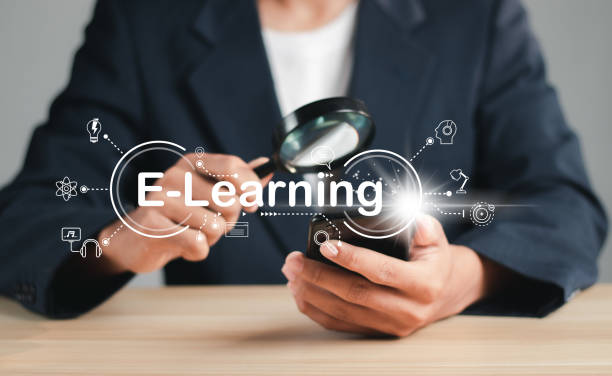
What is On-Page SEO and why is it important?
On-Page SEO or On-Page SEO refers to a set of actions performed within a website to improve its ranking in search engines.
These actions include optimizing content, website structure, HTML tags, and page loading speed.
The importance of On-Page SEO lies in helping search engines better understand your website’s content and match it with relevant user queries.
By optimizing On-Page SEO, you can improve your website’s ranking in search results, attract more organic traffic, and ultimately achieve your business goals.
More information about SEO can be found at this link.
In fact, On-Page SEO is the foundation for every other SEO effort.
Without an internally optimized website, your efforts in link building and content marketing will not yield the desired results.
This is why understanding and correctly implementing the principles of #On_Page_SEO is essential for success in the online world.
Using appropriate keywords, creating high-quality and valuable content, and optimizing images and videos are among the most important factors in On-Page SEO.
Research shows 80% of customers trust companies with a professional website more. Does your current site earn this trust?
With Rasaweb’s corporate website design services, solve the problem of customer distrust and a weak online image forever!
✅ Create a professional image and increase customer trust
✅ Attract more sales leads and business growth
⚡ Get free consultation
Keyword Research: The Cornerstone of On-Page SEO Strategy

Keyword Research: The Cornerstone of On-Page SEO Strategy
Keyword research is the process of identifying words and phrases that users employ to search on search engines.
These keywords should be used in your website’s content so that search engines can associate your content with user queries.
Various tools are available for keyword research, including Google Keyword Planner, Ahrefs, and SEMrush.
Choosing appropriate keywords relevant to your business is the first step in a successful On-Page SEO strategy.
By analyzing data related to search volume, competition level, and keyword trends, you can compile a list of targeted keywords and optimize your website’s content accordingly.
In this regard, paying attention to Long-Tail Keywords is also important, as these keywords usually have less competition and can attract more targeted traffic to your website.
Many keyword research tools are available to help you.
In summary, keyword research is the beating heart of On-Page SEO, and without it, your efforts to optimize your website will be fruitless.
Optimizing Titles and Meta Descriptions: Attracting Attention in Search Results
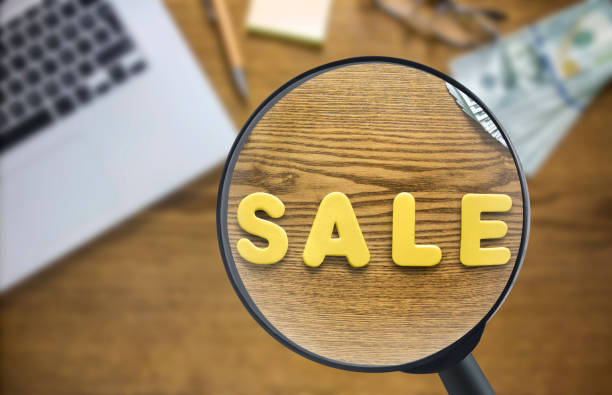
Optimizing Titles and Meta Descriptions: Attracting Attention in Search Results
Titles and meta descriptions are important HTML elements displayed in search results.
The page title (Title Tag) should be concise, engaging, and contain the main keyword.
The meta description should also provide a summary of the page’s content and encourage the user to click.
Optimizing these two elements can increase your website’s click-through rate (CTR) in search results.
Remember that the length of titles and meta descriptions is limited, so you should briefly and engagingly include important information in these two sections.
Using relevant keywords and phrases that convey a sense of urgency can significantly impact user attraction.
On-Page SEO in this section is very important and has a significant impact on site ranking.
For example, a good title could be: “Buy Original Sports Shoes with Special Discount – Free Shipping”.
And a suitable meta description: “Buy the best original sports shoes at a reasonable price from our online store.
Free shipping nationwide!”
Optimizing titles and meta descriptions is one of the most important parts of On-Page SEO.
| Element | Suggested Length | Best Practices |
|---|---|---|
| Page Title (Title Tag) | 50-60 characters | Includes primary keyword, engaging, and concise |
| Meta Description | 150-160 characters | Content summary, encourages clicks, includes relevant keywords |
Page Content Optimization: Creating Valuable and Engaging Content

Page Content Optimization: Creating Valuable and Engaging Content
Your website’s content should be valuable, engaging, and relevant to user needs.
High-quality content not only keeps users on your website but also increases your website’s credibility with search engines.
To optimize page content, use keywords naturally and logically in the text, create a suitable structure for the content (using titles, subtitles, lists, and paragraphs), and add relevant images and videos.
Also, regularly update your content to keep it fresh and relevant.
Producing original and unique content is one of the most important factors in On-Page SEO.
Content marketing can help you in this area.
Your content should answer user questions and meet their needs.
If your content is useful to users, they will stay on your website longer, visit more pages, and their likelihood of returning to your website will increase.
Don’t forget that the main goal of On-Page SEO is to provide the best user experience to website visitors.
Are you tired of your company’s website not being seen as it deserves, losing potential customers? Solve this problem forever with professional and effective website design by Rasaweb!✅ Increase brand credibility and gain customer trust✅ Attract targeted sales leads⚡ Call us now for a free consultation!
Image Optimization: Reducing Size and Using Alt Text
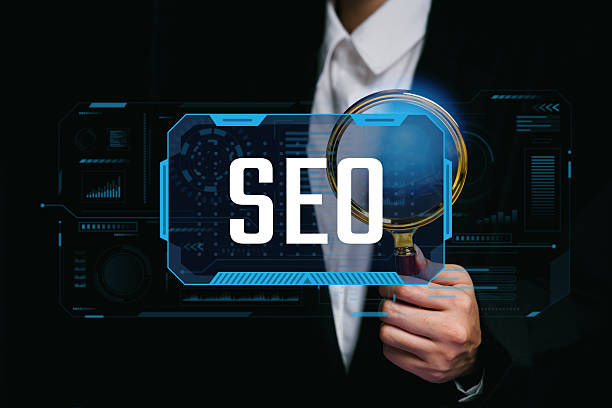
Image Optimization: Reducing Size and Using Alt Text
Images play an important role in the attractiveness and better understanding of website content.
However, high-volume images can reduce page loading speed and affect user experience.
To optimize images, reduce their size without compromising quality, use appropriate formats (such as JPEG for photos and PNG for graphic images), and include suitable alternative text (Alt Text) for images.
Alternative text helps search engines understand the image content and is displayed to the user if the image cannot be shown.
Using relevant keywords in image alt text can help improve your website’s ranking in search results.
On-Page SEO for images plays an important role in improving site ranking.
Take image optimization for SEO seriously.
Remember that high-volume images are one of the main reasons for slow websites, and optimizing them can significantly impact page loading speed.
Improving Page Loading Speed: Better User Experience and Higher Ranking

Improving Page Loading Speed: Better User Experience and Higher Ranking
Page loading speed is one of the important factors in On-Page SEO and user experience.
Users expect website pages to load quickly, and otherwise, they may leave the website.
Search engines also value page loading speed, and websites with faster speeds achieve better rankings in search results.
To improve page loading speed, use optimized images, compress HTML and CSS code, utilize caching systems, and use a high-quality hosting service.
Various tools are available for website speed testing, including Google PageSpeed Insights and GTmetrix.
By identifying and resolving website speed issues, you can improve user experience and enhance your website’s ranking in search results.
On-Page SEO in this section directly impacts user experience.
Improving page loading speed is a valuable investment that will lead to increased website traffic and revenue in the long run.
On-Page SEO is an ongoing process, and you should regularly review and optimize your website in this regard.
Proper URL Structure: Creating Short, Descriptive, and Keyword-Rich URLs

Proper URL Structure: Creating Short, Descriptive, and Keyword-Rich URLs
Your website’s URL structure should be logical, readable, and contain relevant keywords.
Short and descriptive URLs help users and search engines better understand the page content.
Avoid using long and complex URLs and refrain from using special and unnecessary characters in URLs.
URLs should clearly indicate what the page content is about.
For example, instead of using the URL “example.com/page?id=123”, use “example.com/blog/seo-internal”.
This URL is not only more understandable for users but also helps search engines identify the page’s topic.
On-Page SEO for URLs helps improve site ranking.
Also, try to regularly review your website’s URLs and, if necessary, correct them to ensure they are always optimized.
On-Page SEO can help you attract more traffic.
| URL Feature | Description | Example |
|---|---|---|
| Shortness | The URL should be as short as possible. | example.com/blog/seo |
| Descriptiveness | The URL should clearly indicate the page’s topic. | example.com/product/red-shoes |
| Keyword Inclusion | The URL should include the page’s primary keyword. | example.com/seo-internal-guide |
Internal Linking: Creating a Network of Links within the Website
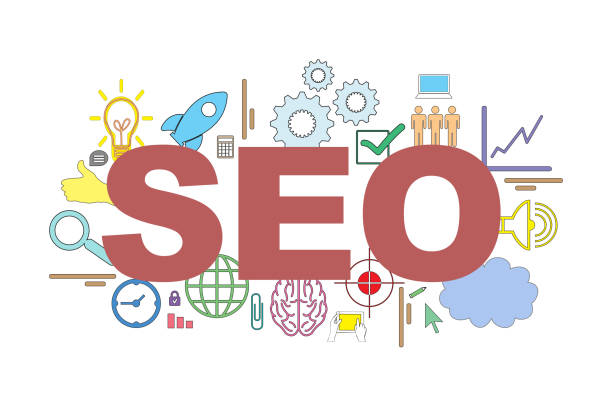
Internal Linking: Creating a Network of Links within the Website
Internal linking refers to the process of linking from one website page to other pages within the same website.
Internal linking helps search engines better understand your website’s structure and identify more important pages.
Additionally, internal linking increases traffic between your website pages and improves user experience.
When linking from one page to another, use appropriate anchor text.
The anchor text should be relevant to the content of the page you are linking to.
Internal linking is an important strategy in On-Page SEO that can help improve your website’s ranking in search results.
Internal linking for SEO is very important.
Creating a strong network of internal links helps users easily navigate your website and find the information they need.
Did you know that 85% of customers check your company’s website before any interaction?
Build a corporate website worthy of your credibility with Rasaweb.
✅ Increase credibility and customer trust
✅ Attract quality leads
⚡ Get a free website design consultation now!
Mobile Optimization: A Website Compatible with Mobile Devices
![]()
Mobile Optimization: A Website Compatible with Mobile Devices
Given the increasing use of mobile devices for internet searches, website optimization for mobile is of paramount importance.
Your website must be fully compatible with mobile devices and display correctly on them.
To optimize for mobile, use responsive design, improve page loading speed, use readable fonts, and use large, touchable buttons and links.
Search engines also prioritize mobile-friendly websites and give them better rankings in search results.
On-Page SEO for mobile is very important, and you should pay special attention to it.
Mobile optimization is a necessity for SEO.
If your website is not mobile-compatible, you will lose a large number of your visitors.
Monitoring and Analyzing Results: Measuring Performance and Continuous Improvement
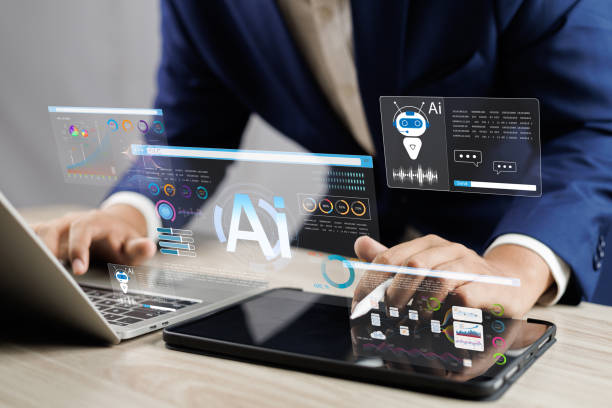
Monitoring and Analyzing Results: Measuring Performance and Continuous Improvement
After implementing your On-Page SEO strategy, you should regularly monitor your website’s performance and analyze the results.
Use tools like Google Analytics and Google Search Console to measure traffic, keyword rankings, click-through rate (CTR), and other key performance indicators (KPIs).
By analyzing this data, you can identify the strengths and weaknesses of your strategy and implement necessary changes and improvements accordingly.
On-Page SEO is a continuous process and requires constant monitoring and optimization.
By measuring performance and analyzing results, you can improve your strategy and achieve better results.
On-Page SEO is not possible without data analysis.
Remember that the world of SEO is constantly changing, and you must continuously update your knowledge and stay aligned with the latest trends and search engine algorithms.
Frequently Asked Questions
| Question | Answer |
|---|---|
| What is a Meta Title (Meta Title) and why is it important in On-Page SEO? | The meta title is the most important on-page SEO element displayed at the top of the browser tab and in search results. It helps search engines and users understand the main topic of the page and should include the primary keyword. |
| What role does a Meta Description (Meta Description) play in On-Page SEO? | The meta description is a short summary of the page’s content displayed below the title in search results. Although it doesn’t directly impact ranking, its appeal can increase the click-through rate (CTR). |
| How should keywords be used in page content? | Keywords should be used naturally and relevantly in strategic locations such as the title, headings, first paragraph, and body text. Avoid excessive keyword stuffing. |
| What is the importance of high-quality and comprehensive content in On-Page SEO? | High-quality, unique, informative, and comprehensive content that addresses user needs is of paramount importance. Search engines rank content that provides real value higher. |
| What is the application of heading tags (H1-H6) in the On-Page SEO structure? | Heading tags (H1, H2, H3, etc.) are used to structure content and indicate the importance of different sections. H1 is the main title of the page, and each page should only have one H1. Other tags are used for subtitles. |
| How to optimize images for better On-Page SEO? | To optimize images, use descriptive alt text that includes relevant keywords, reduce the image file size without compromising quality, and use meaningful and relevant file names. |
| What features does an SEO-friendly URL have for On-Page SEO? | An SEO-friendly URL should be short, readable, descriptive, include primary keywords, and be free of unnecessary characters. The URL structure should be hierarchical and logical to be understandable for both users and search engines. |
| How does internal linking (Internal Linking) help On-Page SEO? | Internal linking, by connecting related pages, helps users and search engine crawlers better understand the site structure, transfers page authority, and increases user dwell time on the site. |
| What is the impact of page loading speed on On-Page SEO? | High loading speed is crucial for both user experience and SEO ranking. Slower pages may be overlooked by search engines and lead to an increased bounce rate. |
| Why is mobile-friendliness (Mobile-Friendliness) very important in On-Page SEO? | Given the ever-increasing number of searches via mobile devices, having a responsive and mobile-friendly site is essential for user experience and ranking in search results (Google’s mobile-first indexing). |
And other services of Rasaweb Advertising Agency in the field of advertising
Smart Marketing Automation: Professional optimization to increase sales using custom programming.
Smart Advertising Campaign: An innovative platform for improving customer acquisition by customizing user experience.
Smart Advertorial: A dedicated service for growth in website traffic based on custom programming.
Smart Marketing Automation: An effective tool for increasing website traffic with the help of real data.
Smart Sales Automation: A new service for increasing sales through marketing automation.
And over hundreds of other services in the field of internet advertising, advertising consultation, and organizational solutions
Internet Advertising | Advertising Strategy | Advertorial
Sources
SEO Guide in Digikala MagazineSEO Tips in ZoomitSEO Basics in ISNAOn-Page SEO in Donya-e-Eqtesad
? Do you want to transform your business in the digital world? Rasaweb Afarin Digital Marketing Agency, with its expertise in WordPress website design, SEO, and content marketing, is your comprehensive solution for online growth and prominence.
📍 Tehran, Mirdamad Street, next to Bank Markazi, Kazerun Jonubi Alley, Ramin Alley, No. 6
